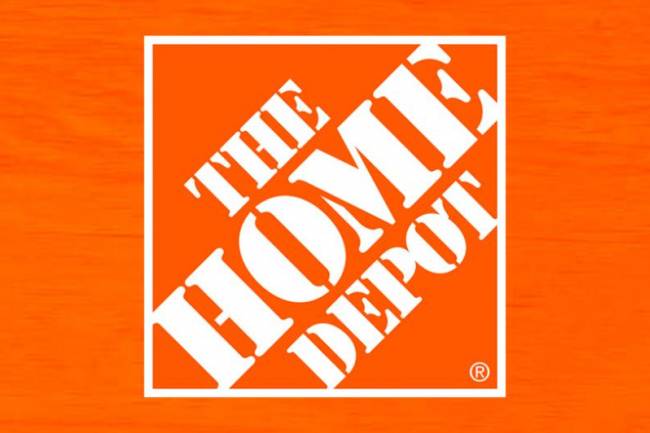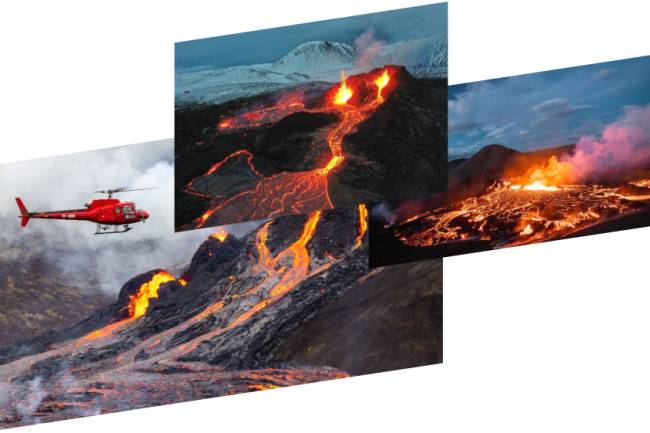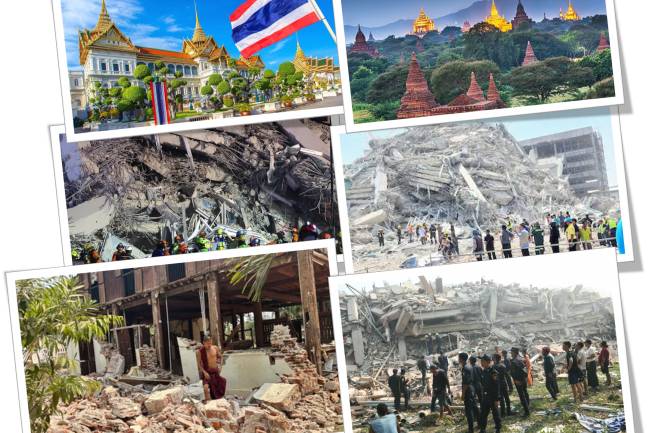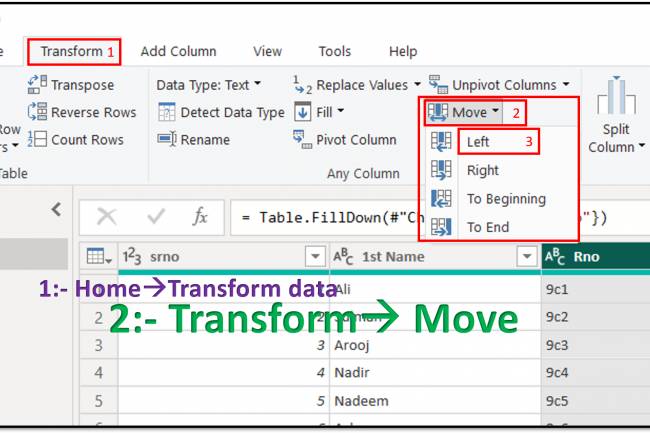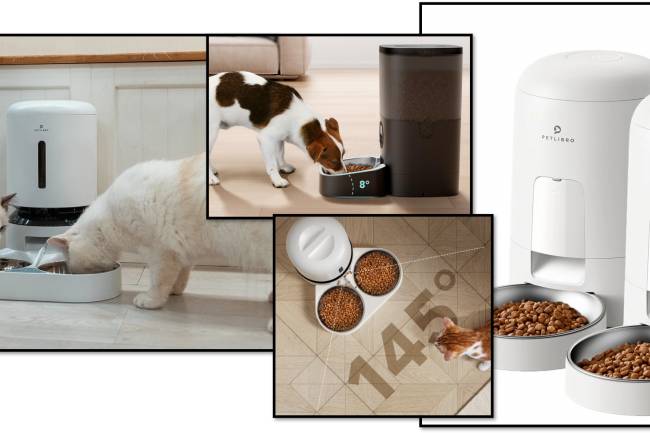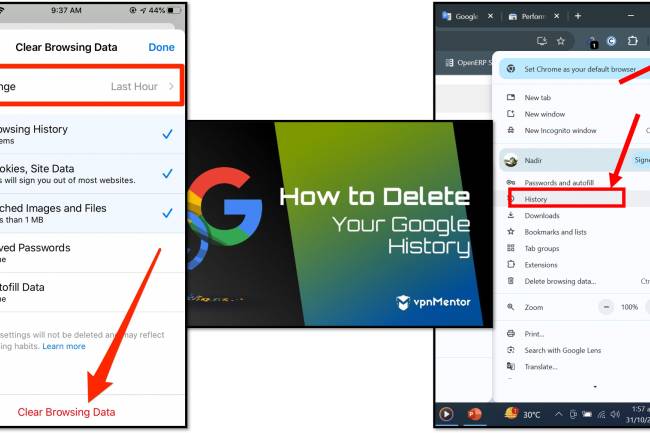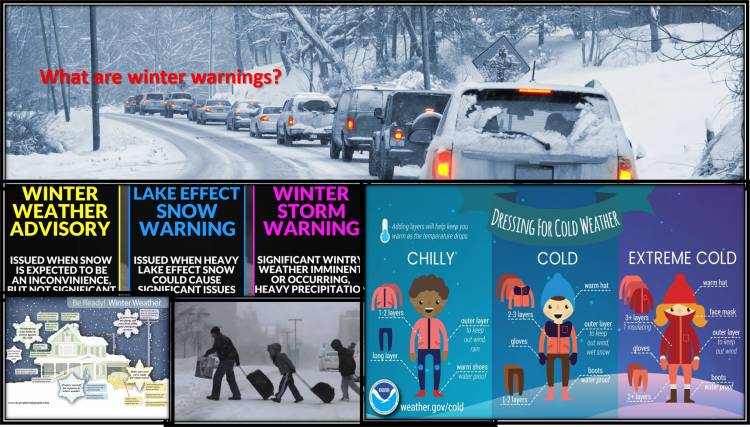
What are winter warnings?
What are winter warnings?
Detail information about "winter weather warnings"
Winter warnings are warnings issued by weather agencies to inform the public about potentially dangerous weather conditions during the winter months. These alerts help people prepare for extreme situations that can disrupt daily life, pose health risks, or threaten safety.
Contents
Wind Chill Advisory/Warning. 1
Winter Warning Preparation Tips. 2
How are winter warnings issued?. 2
How to Defend Against Winter Weather Warnings. 3
1. Regularly monitor the latest weather information. 3
5. Personal Safety Outdoors. 4
8. Follow instructions from authorities. 4
Call 911 only in a true emergency. 5
What phone number do we want to call to receive a winter notice?. 5
For Road and Travel Conditions: 5
For Utility or Power Outages: 5
For General Non-Emergency Assistance: 6
Types of Winter Warnings
Winter Storm Watch
- Meaning: Conditions are favorable for a major winter storm within the next 24 to 48 hours.
- What to do: Start preparing by monitoring forecasts and making plans to avoid unnecessary travel.
Winter Storm Warning
- Meaning: A winter storm is approaching or will arrive soon, bringing heavy snow or freezing rain.
- What to do: Stay home if possible, stock up on essentials, and avoid travel.
Blizzard Warning
- Meaning: Visibility of less than a quarter mile is expected for at least three hours due to winds of at least 35 mph and heavy snow or blowing snow.
- What to do: Stay inside, make sure your home is well heated, and avoid driving.
Blizzard Warning
- Meaning: Significant snow accumulation (typically 0.25 inches or more) is expected, resulting in slick roads, power outages, and tree damage.
- What to do: Avoid going outside and prepare for possible power outages.
Wind Chill Advisory/Warning
- Meaning: Extremely cold temperatures and strong winds will combine to produce dangerously low wind chill values that can cause frostbite or hypothermia.
- What to do: Dress in layers, cover exposed skin, and limit time outdoors.
Snow Warning
- Meaning: Sudden, heavy snowfall with strong winds, reducing visibility to near zero.
- What to do: Avoid travel as visibility can decrease quickly.
Winter Warning Preparation Tips
Stay informed:
- Monitor local weather forecasts through apps, television or radio.
- Sign up for weather alert notifications.
Emergency Kit:
- Include nonperishable food, water, flashlights, batteries, first aid kit, blankets and a portable phone charger.
Protect your home:
- Insulate pipes to prevent freezing.
- Have shovels and de-icing materials on hand.
- Check your heating system and carbon monoxide detector.
Travel Precautions:
- Keep your gas tank full.
- Keep an emergency kit in your car, including a blanket, flashlight and snacks.
- Avoid traveling during severe warnings unless absolutely necessary.
Health Precautions:
- Wear warm, layered clothing and cover exposed skin.
- Watch for symptoms of frostbite (numbness, pale skin) and hypothermia (shivering, confusion).
How are winter warnings issued?
- Weather warnings are typically issued by national weather agencies, such as:
- United States: National Weather Service (NWS)
- Canada: Environment and Climate Change Canada
- United Kingdom: Met Office
They use data from satellites, radar, and weather models to predict conditions and determine whether a warning is needed.
How to Defend Against Winter Weather Warnings
Defending against winter weather warnings means preparing and taking proactive steps to mitigate the risks associated with severe winter conditions. Here's how you can stay safe and minimize the effects:
1. Regularly monitor the latest weather information.
Stay up to date on alerts from trusted sources such as:
- National Weather Service (NWS) or equivalent in your country.
- Weather apps with real-time notifications.
- Local news stations and emergency alert systems.
- Know the meaning of specific warnings (such as blizzard warnings versus snowstorm warnings) so you can respond appropriately.
2. Prepare your home.
Insulate your home:
- Seal windows and doors with weather stripping.
- Add extra insulation in the attic or around pipes to prevent freezing.
- Maintain the heating system:
- Have your furnace checked annually.
- Make sure chimneys and fireplaces are clean and functional.
- Stock Basics:
- Blankets, warm clothing, and heaters (with proper ventilation to prevent carbon monoxide poisoning).
- Flashlights, extra batteries, and candles for power outages.
- Emergency Supplies:
- Nonperishable food and drinking water (3-day supply recommended).
- First Aid Kit and Essential Medications.
3. Avoid Power Outages
Portable Generators:
- Have one ready, but use it outdoors to prevent carbon monoxide poisoning.
- Backup Power Sources:
- Power banks and solar chargers for phones and devices.
- Communication Plan:
- Keep your phone fully charged.
- Have a battery-operated or hand-cranked radio.
4. Vehicle Safety
Winterize Your Car:
- Winterize your vehicle with snow tires or chains.
- Keep gas tanks at least half full to prevent freezing fuel lines.
- Make sure the antifreeze level is adequate.
- Car Emergency Kit:
- Add blankets, water, snacks, flashlights, jumper cables, and a small shovel.
- Travel Avoidance:
- Travel only if necessary, during severe warnings. If you travel, let someone know your route and expected arrival time.
5. Personal Safety Outdoors
Dress for Winter:
- Wear multiple layers, including a waterproof outer layer.
- Use insulated gloves, hats, scarves, and shoes.
- Avoid Overexertion:
- Light snow can be hard. Take breaks and avoid heavy lifting.
- For frostbite and hypothermia, watch out for:
- Frostbite symptoms: pale or waxy skin, numbness.
- Hypothermia symptoms: shivering, confusion, drowsiness.
6. Stay Indoors
During extreme conditions:
- Blizzard: Avoid going outdoors to reduce exposure to dangerously low temperatures and poor visibility.
- Snowstorm: Stay inside as snow makes walking and driving dangerous.
- Create a safe zone:
- Use a room for family gatherings to save heat.
- Block drafts under doors with towels or blankets.
7. Community preparedness
Check in on neighbors:
- Especially elderly or disabled people who may need help.
- Stay connected:
- Share emergency plans with family or friends.
- Local shelters:
- Keep an eye out for warming centers or shelters if your home becomes uninhabitable.
8. Follow instructions from authorities.
If necessary, evacuate:
- Authorities may recommend evacuation in extreme cases (for example, severe snowstorms or extended power outages).
- Avoid overwhelming emergency services:
Call 911 only in a true emergency.
- By staying informed, preparing ahead of time, and taking precautions during winter weather advisories, you can effectively protect yourself and your community from the dangers of severe winter conditions.
What phone number do we want to call to receive a winter notice?
In the happening of a winter weather warning, the phone number to call depends on the type of assistance or info you want:
For Immediate Emergencies:
- Dial 911 for life-threatening emergencies, such as:
- Medical emergencies.
- Getting stranded in a snowstorm.
- Severe accidents due to winter conditions.
For Weather Info:
- Local Weather Hotlines:
- Many local governments or news stations have weather hotlines.
- Check your local meteorological agency for a weather helpline.
Example: In the U.S., check the National Weather Service (NWS) website for regional numbers.
- NWS Weather Line (U.S.):
- You can call the National Weather Service directly for updates or to report severe conditions. Find contact info for local offices at NWS website.
For Road and Travel Conditions:
- State or Provincial Transportation Departments:
- Call the road conditions hotline (often a 511 service in the U.S. and Canada).
- Example: "511" provides real-time road closures, snowploughs updates, and weather-related travel advisories.
For Utility or Power Outages:
- Call your utility company to report outages or check the status of restoration.
- The number is usually found on your electricity bill or the company’s website.
For General Non-Emergency Assistance:
- Local Emergency Management Office:
- These offices can provide information on shelters, resources, or local response plans.
- Non-Emergency Police Line:
- Use for non-life-threatening concerns, such as checking road safety or reporting minor incidents.
Other Useful Resources:
- FEMA Helpline (U.S.): 1-800-621-3362
For disaster assistance or preparedness information. - Red Cross:
- Call your local chapter or visit their website for tips on winter safety and shelter locations.
Make sure to have these numbers saved in your phone for quick access during winter emergencies.
